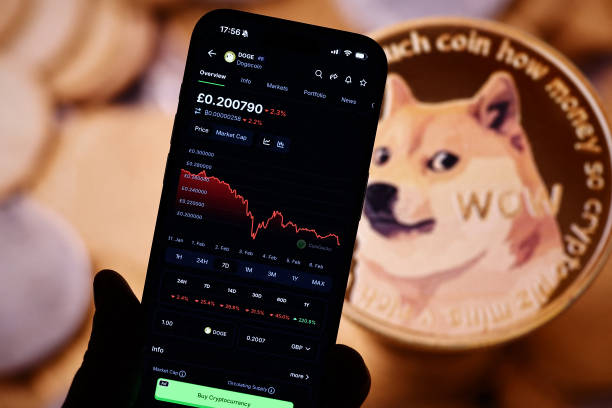Ethereum (ETH) price is down 7.5% for the week after failing to replicate Bitcoin (BTC) and other major altcoins’ market recovery.
However, one analyst believes that ETH’s longer-term market structure is bullish due to the price entering a key demand zone.
Ethereum remains in the “buy zone”
Mando CT, a Web3 specialist and independent trader, shared his thoughts with his 600K followers on X, implying the importance of “patience” with Ethereum.
The trader said that Ethereum remains in the ‘buy zone’ from a longer-term investment perspective, adding,
“When $ETH surges, it usually takes the whole market with it, fueling altcoin runs and lifting the entire crypto ecosystem.”
Ethereum analysis chart by Mando CT. Source: X.com
Meanwhile, Kyledoops, a technical analyst from Crypto Banter, highlighted that the Ethereum exchange netflow into derivatives platforms increased by 96,000 ETH on Oct. 24. Such significant inflows may trigger rising market activity, and historically, these events have led to volatile price swings in the market.
Ethereum Exchange Netflow on Derivatives exchanges chart. Source: X.com
In light of the recent influx, the analyst suggested,
“This latest spike could signal another wave of price correction or significant market shifts.”
ETH’s aggregated open interest hits a yearly high
While Ethereum's price may lack clear bullish conviction, its derivatives market remains extremely active. Data from VeloData illustrated ETH’s aggregated open interest (OI) reaching a new yearly high this month.
Aggregated open interest is the total number of longs and shorts positions opened in the market, while open interest measures the total value associated with these positions. Higher aggregated open interest can be used to determine the strength of an existing trend.
Ethereum price, open interest and spot CVD chart. Source: VeloData
The rise in aggregated OI coincides with the increase in ETH derivatives netflow, but it is important to note that spot volumes CVD continue to decline. Spot CVD measures the amount of buying and selling volume, and a decline indicates spot selling from investors on exchanges such as Binance, Bybit, and OKX.
Institutions echoed a similar sentiment, as ETH ETF inflows remained underwhelming despite rising interest in the spot BTC ETFs.
In the past three weeks, ETH ETFs have registered a net positive of $75 million. In comparison, BTC ETFs have witnessed XYZ number. The disparity indicates that institutions are more comfortable building positions in the BTC ETFs rather than ETH ETFs.
Ethereum bounces from its $2,500 demand zone
On the daily chart, Ethereum’s price is forming a descending triangle. Since Aug. 5, the altcoin has tested its overhead resistance range of $2,750-$2,850 three times, but the price continues to form bullish lower highs with respect to the ascending trendline of the pattern.
Ethereum 1-day chart. Source: Trading View
Between Oct. 21 and Oct. 23, ETH suffered a steep correction down to $2,450, testing a key daily demand between $2,500 and $2,300.
At the moment, the altcoin is bouncing from the demand zone, and it will be pivotal for ETH to maintain a daily close above the ascending trendline.
This article does not contain investment advice or recommendations. Every investment and trading move involves risk, and readers should conduct their own research when making a decision.










